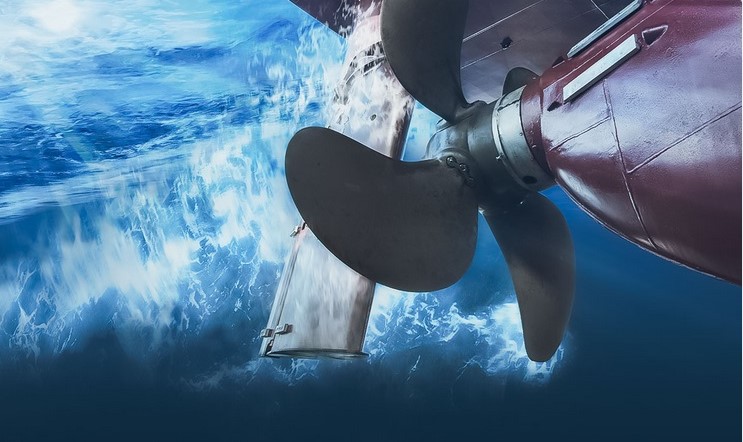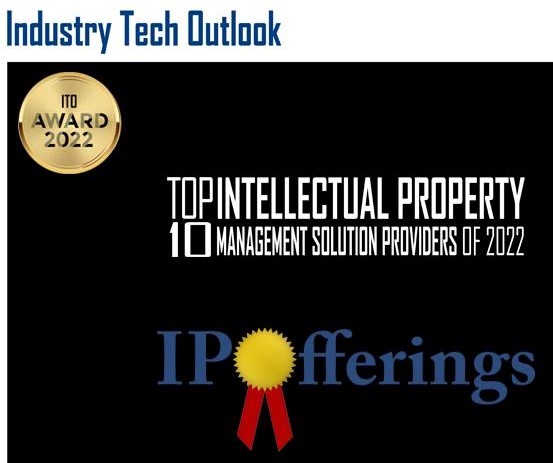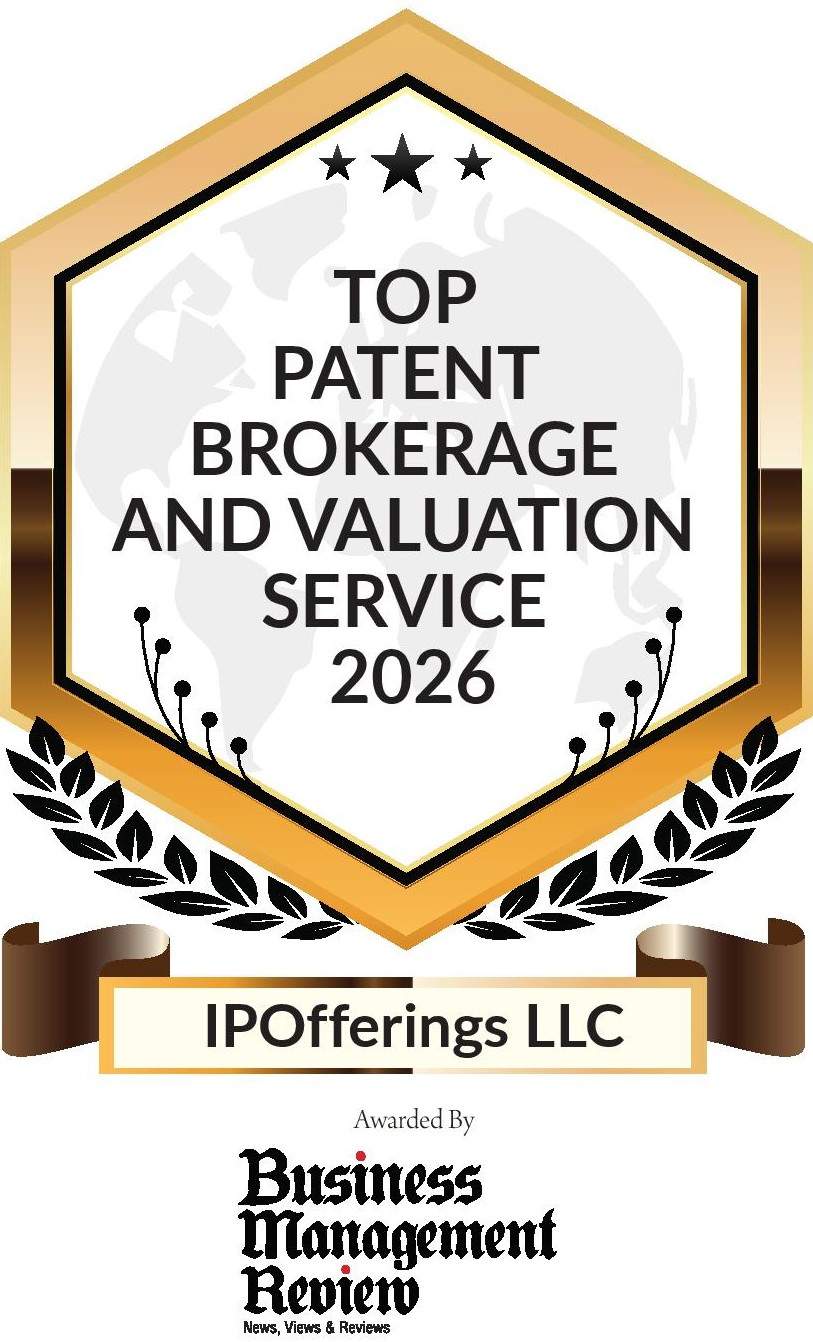Patent MarketPlace: Boat & Marine Patents and Trademarks for Sale
 Thermal Thruster Marine Power (Singh): U.S. Patent No. 12,017,735
Thermal Thruster Marine Power (Singh): U.S. Patent No. 12,017,735
In The Hunt for Red October the CIA and U.S. Navy were faced with a new submarine design by the Russians that used NO propellors – and, therefore, it could not be detected by sonar. But that was fiction. It was in 1838 that John Ericsson was awarded U.S. Patent No. 588 for a “Screw propeller” and propellers have been the technology that has driven ships through the water for the last 186 years.
The new technology detailed in this patent represents the first significant advancement in marine propulsion since the invention of the propeller. It introduces a thermal thruster system that uses a plate-type electric heating element with a heat-emitting surface. This system leverages the extraordinary expansion-ratio of water to steam (a ratio of 1:1,700) to generate thrust. By boiling the water surrounding the thruster, a substantial pressure difference is created between the steam-filled region and the cooler water. This pressure-difference produces the thrust, thus propelling the watercraft. The engine powering the propellers is replaced with a motor that generates electrical power to heat the water. Alternatively, a thermal thruster can function as a secondary propulsion system alongside a traditional propellor with an electric generator powered by the boat’s main engine. Additionally, to optimize energy-efficiency, the thruster may be operated in pulsed mode – shutting off after generating a steam bubble and restarting after fresh water displaces the bubble
U.S. Patent No. 12,017,735 for a “Thermal marine propulsion system” offers a compact design, cost-effectiveness, increased energy-efficiency, lower emissions, enhanced reliability, improved performance, a self-cleaning effect, and compatibility with existing propulsion systems. It would be a strategic acquisition for any boat or ship manufacturer.
Patent Brokerage Prospectus: Contact [email protected] to receive an analysis of each portfolio that includes:
- Executive Summary
- Patent Overview and History
- Technology and Investment Summary
- Market Research
- Company Analysis
- Illustrative Evidence of Use (if applicable)
We offer patents in these technologies:
- Agricultural
- Artificial Intelligence
- Automotive/Vehicular
- Aviation
- Banking/Financial Services
- Beverages/Foods/Nutritional Products
- Boat and Marine
- Cannabis and Medical Marijuana
- Construction/Building Trades
- Consumer Electronics
- Consumer Products
- Digital Currency/Cryptocurrency
- Drones/UAVs
- E-Cigarette & Vaping Technology
- E-Commerce
- Education & Training
- Energy/Power Generation
- Health and Beauty Products (HBP)
- Human Resources
- IoT Patents/Internet of Things
- Manufacturing
- Medical Electronics and Devices
- Mining/Drilling
- Mobile/Wireless
- Network/Location-Based Services
- Optics/Displays/Video/LED
- OTT Patents/Over-the-Top
- Packaging
- PCs and Notebooks
- Pharmaceuticals
- Robotics/Automation
- Semiconductor
- Shoe & Apparel
- Smart Home/Smart Office
- Social Media
- Software, Apps, and Architecture
- Sports/Sporting Goods
- Telecommunications/IP Telephony
- Warehousing/Material Handling
- Other
- Go to Patent Index
- Return to Patent MarketPlace




